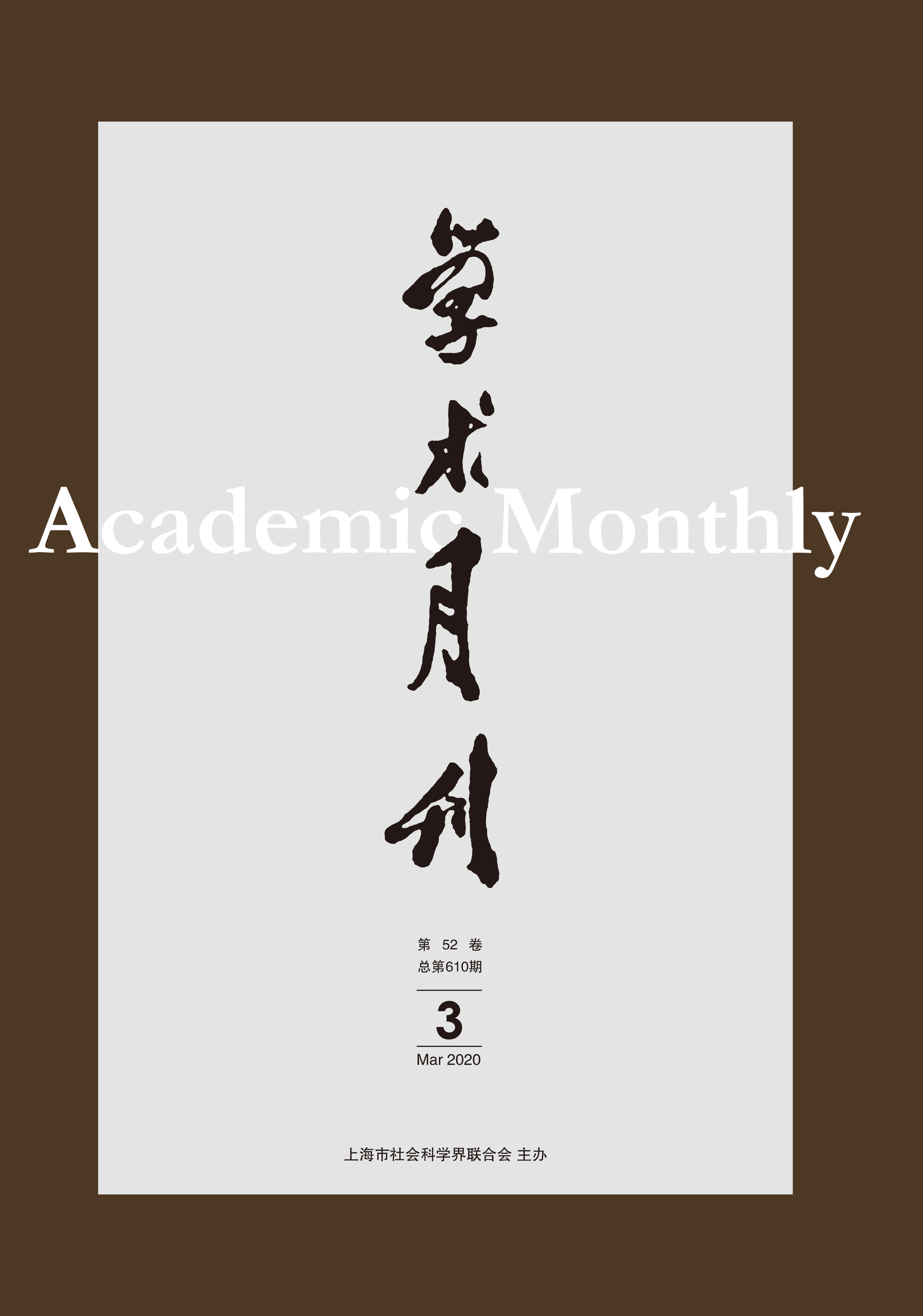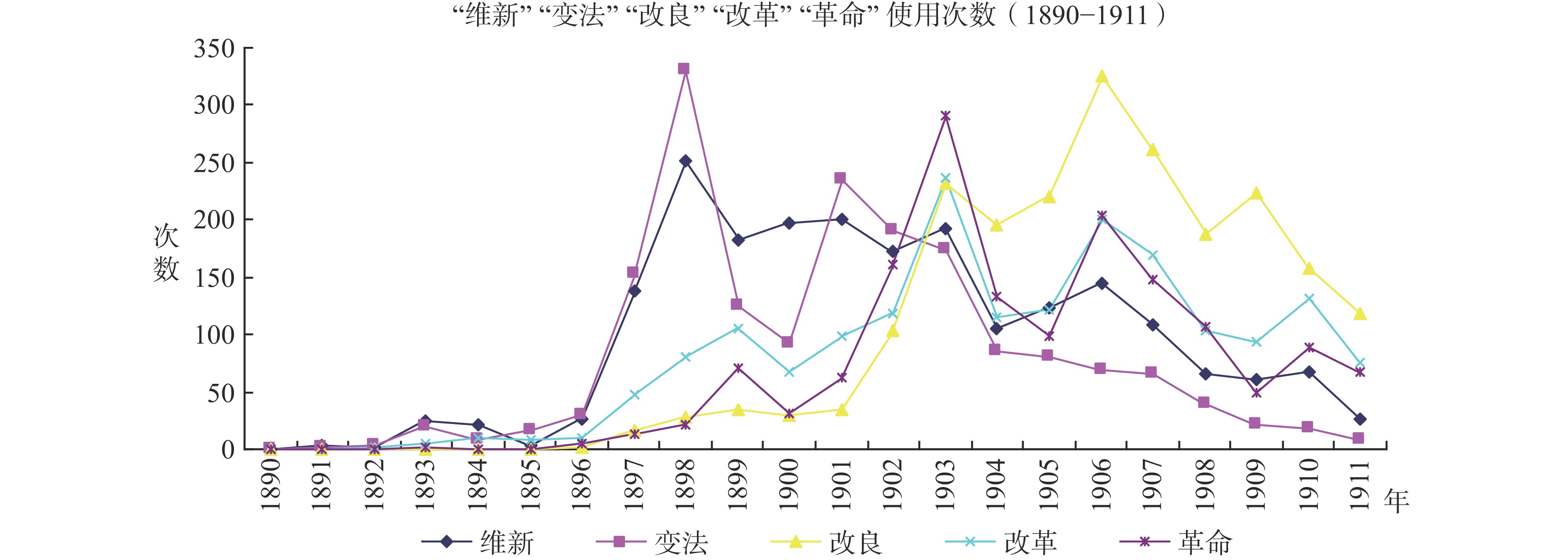The Construction of the Modern Chinese Concept of Weixin (Reform)
- Available Online: 2020-03-01
Abstract: The Reform Movement of 1898 not only imitates the political reforms of Japan and Russia, but also introduces a great deal of Western and/or Japanese terms and concepts into China. Inheriting the traditional values of Classic of Poetry, absorbing the ideological resources of Meiji Restoration in Japan, and as the translation of “reform”, the concept of “weixin” (“维新”, reform) has multiple meanings in modern China. As a “new term” and an important “keyword”, this concept was not confined to national or cultural boundaries; to some extent, the complex evolution of this term embodies the cultural dimension of global history. The present article draws upon relevant articles in the news, encyclopedic entries, and important debates at that time. By means of a thorough examination of these historical documents, this article intends to display its historical development in detail, and aims to explore the cross-cultural journey as well as the ideological transition of the concept of “weixin”.




 沪公网安备 31010102003103号
沪公网安备 31010102003103号 DownLoad:
DownLoad: